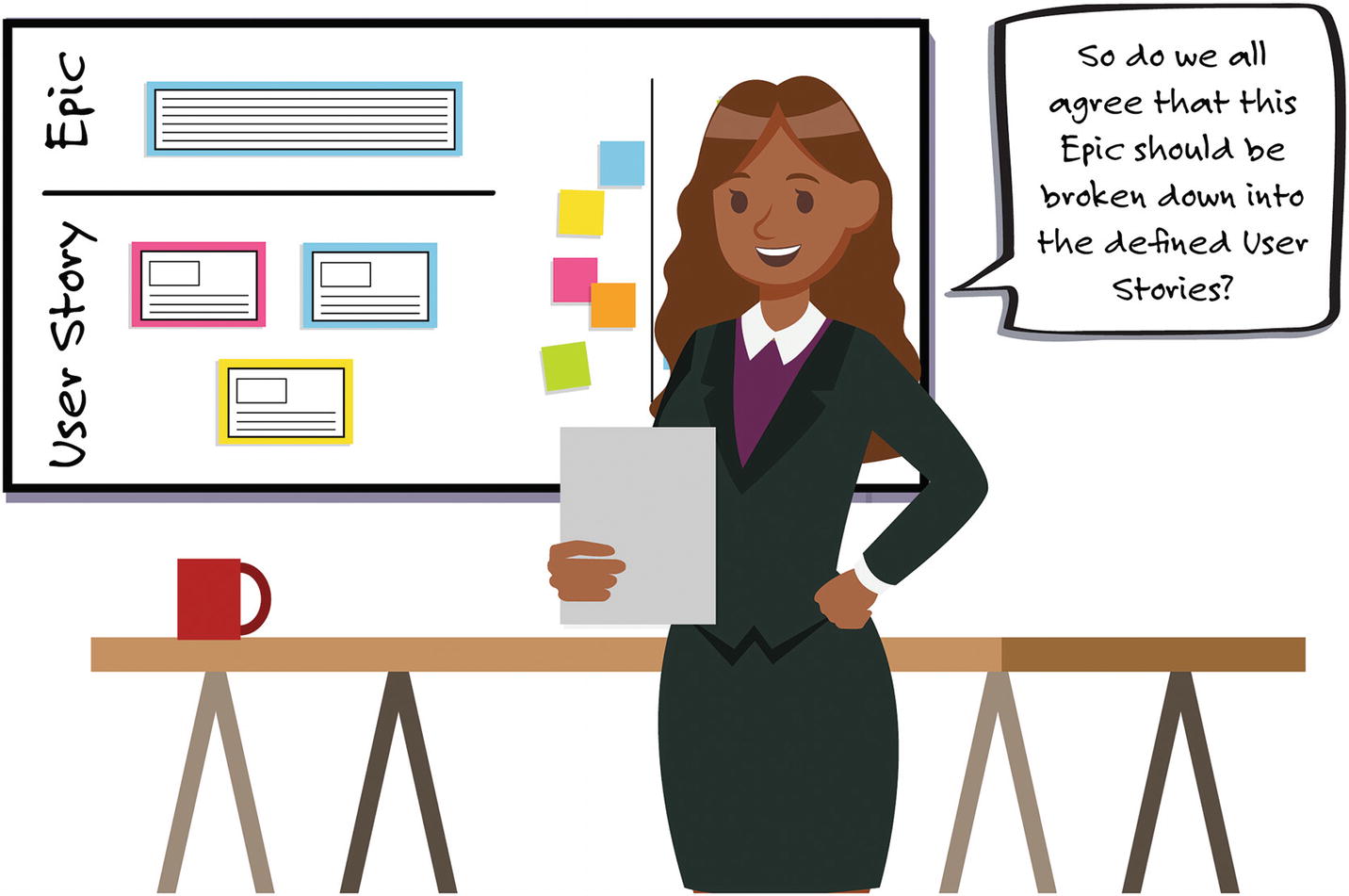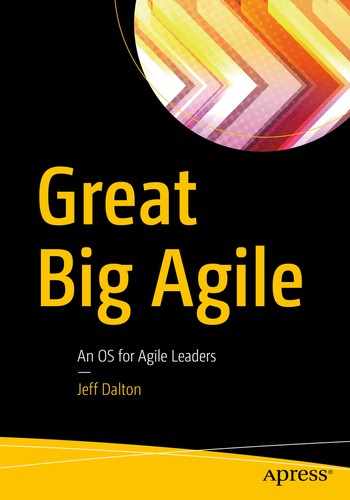Description
An epic is a large user story that describes a body of work that cannot be completed in a single sprint. Teams will break down an epic into smaller user stories that can be accepted and completed within a single sprint. The product owner has responsibility for writing epics and the user stories that result from them. Both epics and user stories are maintained in the product backlog.
Sprint allocation is not the only reason to break down an epic. Customers often request features that are complex and that need to be broken down into smaller components to be understood and implemented by the team. These epics need to be subdivided into smaller user stories. If a user story requires more than one agile team to complete the work, the story would be considered an epic, as this story will need to be divided into at least two user stories, one for each agile team.

Typical Roles
Agile Team
Product Owner
Desired Behaviors
- 1.
Epics are identified during initial product visioning, release planning, or backlog grooming. The product owner records epics and adds them to the product backlog.
- 2.
Epics are broken down into user stories during backlog grooming, sprint planning, or other regular team events. The breakdown process is often iterative and involves the product owner and the agile team.
- 3.
Agile frameworks have no standard measurement for what makes a user story an epic, although it is commonly understood that an epic can span multiple sprints, but a user story must be contained in one.
